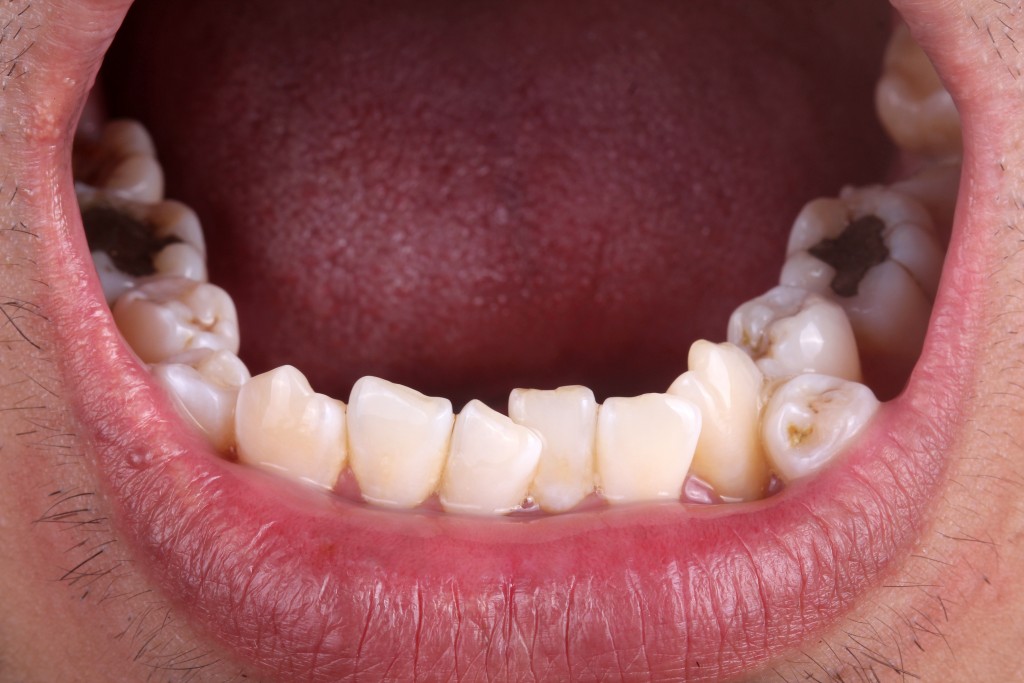Disclaimer: This website provides health information for educational purposes only and is not a substitute for professional medical advice, diagnosis, or treatment. Always seek the guidance of a qualified healthcare provider with any questions you may have.
Yes, orthodontic care is no longer strictly wedded to clinics or specialist services with straight teeth at home London, providers can help you to hit your orthodontic goals with little to no contact with a clinic. Starting from a free online consultation, you can see if this is the right treatment option for you and discuss things further with a qualified clinician.
Old school model
The traditional model of dentistry is a primary and secondary care system; primary High Street dentists carry out the vast majority of general cases and act as a triage, passing on more complicated patients onto specialist surgery clinics or dental universities.
The system works well in the traditional sense, allowing more specialised and expensive professionals to focus on cases where the skills are needed and more general dentistry to be performed at a lower price point closer to people’s homes. But as a system, it’s more than 100 years old, and is certainly showing its age in the digital world.
The online model
The online dental model has been limited in their scope of treatments that can be provided. There will be no method anytime soon for fillings or scale and polish to be performed online! What has found its way into this online domain is aligners, which offer a uniquely hands-off way of realigning teeth and with the use of dental moulds in the mail, it can be entirely performed only using ‘teledentistry’ or online techniques.
Pros & cons of at home orthodontic work
Home based treatment is currently limited to clear aligners; this creates a hard boundary where misalignments which are too complicated to be reasonably addressed using aligners will require traditional braces or headgear will still need the established dental system to be administered.
Are clear aligners suitable for me?

Based on recent studies, it is possible that 80% of misalignments could be treated using clear aligners rather than standard braces. But it is likely that this queue is heavily influenced by traditional metal braces being the standard NHS Treatment and therefore, patients below the age of 18 are heavily financially motivated to use them over any other option.
Among adults, the case is different, with aligners often being a cheaper option in terms of the price point, but also having far less strings attached in terms of impact to their everyday lives either in maintenance or in the effect on their appearance.
Orthodontic care must always come second to general oral health and structurally sound teeth. Decay must be addressed and reconstruction work finished before orthodontic work can be considered but if you have healthy teeth and a relatively minor misalignment it is highly likely clear aligners would be a suitable form of treatment. Similarly, underlying gum disease also needs to be treated before any orthodontic treatment.
Thankfully, assessments for prospective patients are usually free, allowing you to check your suitability without any financial commitment. And in the case of at home based systems, this is usually done via an app, so in less than 30 minutes you could find out for sure if you are suitable for Invisalign or not.




